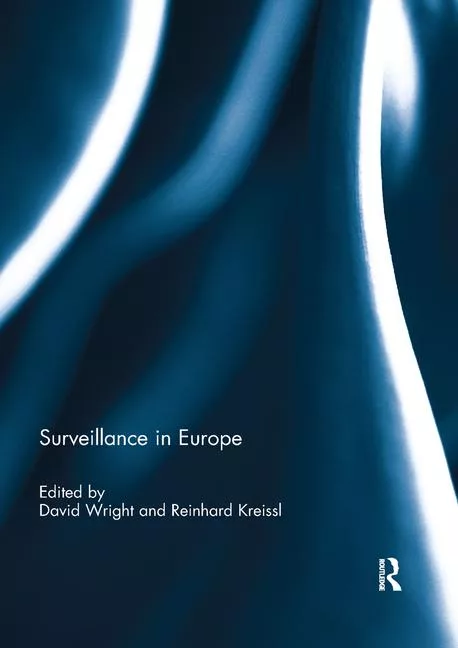Survey Finds Teachers Don't Want Guns in the Classroom

A survey of educators from across the U.S. by California State University (CSUN) professor Lauren Willner found that teachers overwhelmingly object to arming teachers a way to deter school shootings.
The teachers surveyed were overwhelmingly against allowing educators to be armed in the classroom, the survey found. This finding held true when examined by grade, with the majority of the respondents indicating a negative opinion, it said. When examined by region, no significant difference in the responses emerged. Of the teachers who were gun owners (16.1%), only 11.5 percent believed being armed while teaching should be part of teachers’ responsibilities. Overall, the overwhelming majority (95.3%) do not believe teachers should bear the responsibility of protecting students by carrying a gun in the classroom. Only 6.1 percent of participants indicated being comfortable using a gun to stop an active shooter. The percentage of respondents who indicated a willingness to use a gun in an active-shooter situation was slightly higher at 10.4 percent, the survey found.
Other survey findings:
- When asked about the effectiveness of arming teachers as a means to prevent school-based gun violence, the majority of those sampled did not believe doing so would prevent someone from entering a school with the intent to commit harm.
- Participants do not want to receive training to use a gun in an active-shooter circumstance. Only 11.1 percent expressed an interest in receiving such training. And only 7.9% believed marksman training would provide them with adequate preparation for successfully handling a school-based active-shooter situation.
- The teachers surveyed were overwhelmingly against any legislation designed to support arming teachers(88%)
The survey concluded: "Although greater security in the form of hardened targets can be part of the solution, arming teachers with guns to protect their students while they are learning is not the preferred solution, nor has it proven effective. Greater security may help to discourage a shooter from entering a building with the intent to kill, and increased armed personnel may reduce the amount of carnage once a shooting has begun. However, the overall effectiveness of these solutions remains unsubstantiated. We must therefore move away from an approach rooted in reactionary solutions to one that centers on a multi-faceted, public health strategy aimed at prevention."
Looking for a reprint of this article?
From high-res PDFs to custom plaques, order your copy today!




